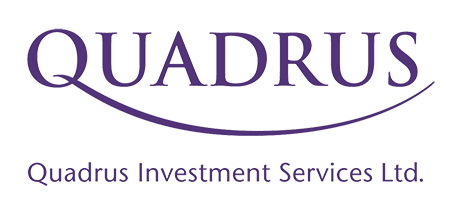Investment Products
Tax Free Savings Account (TFSA)
The Tax-Free Savings Account (TFSA) program began in 2009. It is a way for individuals who are 18 and older and who have a valid social insurance number to set money aside tax-free throughout their lifetime. Contributions to a TFSA are not deductible for income tax purposes. Any amount contributed as well as any income earned in the account (for example, investment income and capital gains) is generally tax-free, even when it is withdrawn. Administrative or other fees in relation to TFSA and any interest or money borrowed to contribute to a TFSA are not deductible. A TFSA may be more beneficial to you than an RRSP, depending on your income level. It is also not income tested, so can be very beneficial to retirees! All in all a very good financial planning tool!
Registered Retirment Income Fund (RRIF)
A Registered Retirement Income Fund is like a registered retirement savings plan (RRSP) in reverse.
Contributions made to your RRSP throughout your working years grow on a tax-deferred basis. When you need to begin receiving income or at the latest by the end of the year you turn 71, you must convert your RRSP to an income stream. A RRIF is designed to provide you with income while keeping the assets retained in your RRIF tax-deferred.
You can transfer your RRSP into a RRIF and enjoy the same flexibility and choice you had in your RRSP, with the added benefit of being able to withdraw a retirement income that's tailored to meet your retirement and income needs.
Annuities
An annuity is a contract purchased with a lump sum that provides a constant and guaranteed stream of payments over a chosen term. There are two types of annuities - Registered and Non-Registered annuities. There are several guarantee options that can be considered to customize the plan to suit your needs or continue to pay to a surviving spouse.
Registered Retirement Savings Plan (RRSP)
RRSPs are one of the few ways one can receive a meaningful tax deduction. A contribution to an RRSP is deducted from your taxable income. All your contributions will accumulate with investment income either interest, dividends or captial gains tax free depending on the plan chosen by you, the tax payer.
When you take money out ideally in retirement, it will then be taxed as personal income anticipated at a lower tax rate.
Any individual can contribute to an RRSP if they have 'earned' income, until the year they reach the age 71.
You have 60 days, from December 31st to contribute to the prior year. (eg. Contribution made February 28th can be applied to the previous or present tax year).
Other Considerations are:
- Spousal Contributions
- Contribution Limits
- Unused RRSP Contributions
- Unused Carry Forward
- Tax Planning to Maximize your RRSP Contribution Value
At the latest of the December following your 71st birthday your RRSP must be converted to an income producing product.
Locked-In Retirement Account (LIRA)
Any money transferred from an Ontario registered pension plan into an Ontario locked-in account (LIRA, LIF or LRIF) must remain "locked-in" and can only be used to provide retirement income. LIRAs are similar to an RRSP, but as the name suggests, are locked-in until retirement. Once the plan is convered to a Locked-In Retirement Account, you cannot make further contributions to it and you are not allowed to make withdrawals from the account. Unlike the "regular" RRSP, which allows for withdrawals, you cannot take money out of a locked-in account. Instead, you are required to convert your LIRA into another type of account that can provide you with the income you need in retirement. Once you reach retirement or turn 71 you are required to convert your LIRA to either a life annuity, Life Income Fund (LIF), Locked-In Retirement Income Fund (LRIF) or a Prescribed Registered Retirement Income Fund (PRRIF). There are exceptions however which provide special access to locked-in money...
Cheryl is an investment represenative through Quadrus Investment Services Ltd.

Registered Education Savings Plan (RESP)
Parents dream of giving their children the best possible post-secondary education. Whether this dream includes university, college, vocational school or technical school - education costs money. You may invest in this vehicle, if you have children; have a grandchild; niece; nephew; relative, or friends you would like to save for. Your Contributions can qualify for the CESG (Canadian Education Savings Grant).
GIAs/GICs
Guaranteed Investment Accounts/Certificates provide you with safe and flexible investment options. You're guaranteed to keep what you invest, while earning competitive interest on your money.
Life Income Fund (LIF)
If you own a locked-in registered retirement savings plan (LIRA), you're required to convert your assets into a payout annuity or a life income fund (LIF) by the end of the year you turn 71. You gain the ability to withdraw an income and you maintain the flexibility and choice you need.
You must receive income payments, just like you would with a registered retirement income fund (RRIF). However, the minimum and maximum withdrawal schedule for a LIF is calculated differently and changes each year.
